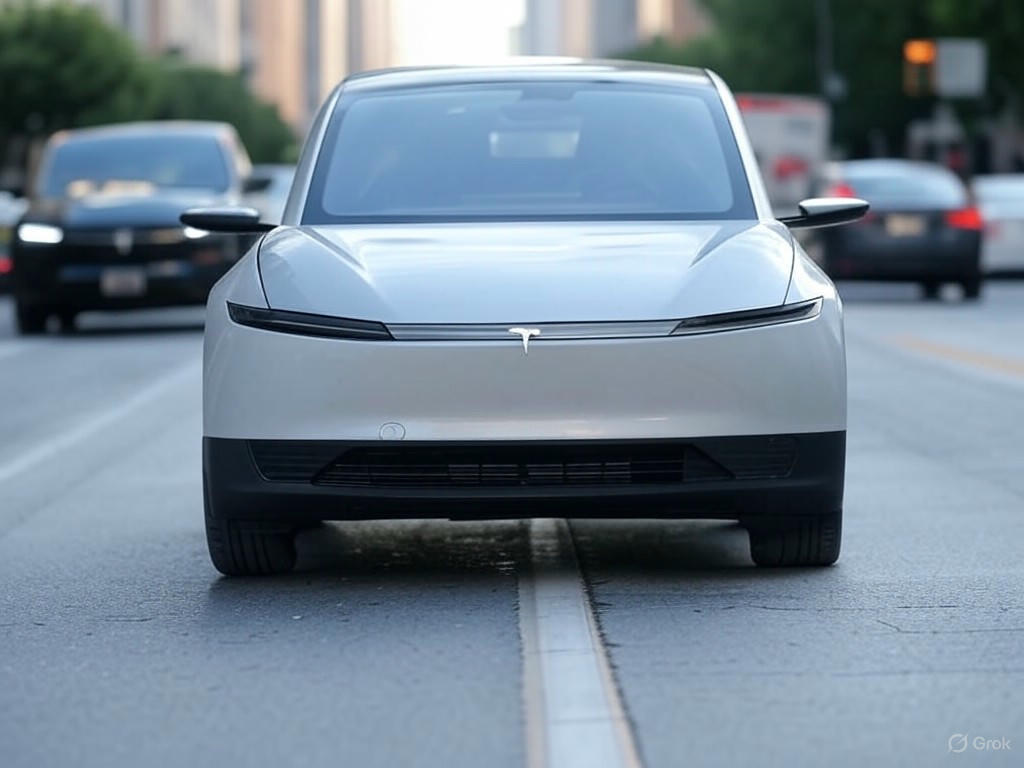Tesla Unveils Robotaxi Revolution: A Game-Changer for Urban Travel
The future of transportation has arrived, and it’s rolling out on four autonomous wheels. Tesla, the trailblazer in electric vehicles, has officially launched its much-anticipated robotaxi service, marking a significant milestone in the evolution of urban mobility. This groundbreaking development promises to reshape how we navigate cities, reduce traffic congestion, and redefine car ownership. As of this summer in 2025, Tesla’s fleet of self-driving taxis is hitting the streets, and the implications for commuters, businesses, and policymakers are profound.
At the core of Tesla’s robotaxi initiative is the company’s cutting-edge autonomous driving technology. Leveraging years of data from its Full Self-Driving (FSD) system, Tesla has created a network of vehicles capable of transporting passengers without human intervention. These electric-powered taxis are designed to operate 24/7, offering a cost-effective and eco-friendly alternative to traditional ride-sharing services. Unlike human drivers, robotaxis don’t tire, get distracted, or require breaks, potentially leading to safer and more reliable journeys. Tesla claims that its advanced AI can handle complex urban environments, from navigating busy intersections to adapting to unexpected road conditions, though real-world performance will be the ultimate test.
For consumers, the arrival of robotaxis could mean a seismic shift in daily life. Imagine summoning a ride with a tap on your smartphone, knowing that a sleek, driverless car will arrive within minutes. Early reports suggest that fares may be lower than those of conventional ride-hailing apps, thanks to reduced operational costs. Beyond affordability, Tesla’s robotaxis align with broader sustainability goals by cutting down on carbon emissions—a critical factor as cities worldwide grapple with climate challenges. However, questions linger about public acceptance. Will passengers trust a vehicle with no driver at the wheel? And how will the system handle edge cases, like severe weather or technical glitches?
From a business perspective, Tesla’s move into the robotaxi space opens up a lucrative revenue stream. By operating its own fleet and potentially licensing its technology to other companies, Tesla is positioning itself as a leader in the autonomous vehicle market. This could also disrupt existing players in the transportation sector, from taxi companies to ride-sharing giants, forcing them to adapt or risk obsolescence. Meanwhile, urban planners and regulators face new challenges, such as updating traffic laws and ensuring equitable access to this technology in underserved areas.
As Tesla’s robotaxis begin their journey, the world watches with a mix of excitement and skepticism. This innovation holds the promise of safer, greener, and more efficient travel, but it also raises complex ethical and practical concerns. Will this be the dawn of a transportation utopia, or are there unforeseen roadblocks ahead? Only time will tell, but one thing is certain: Tesla has once again driven the conversation forward, steering us toward a future where the driver’s seat might just stay empty.


